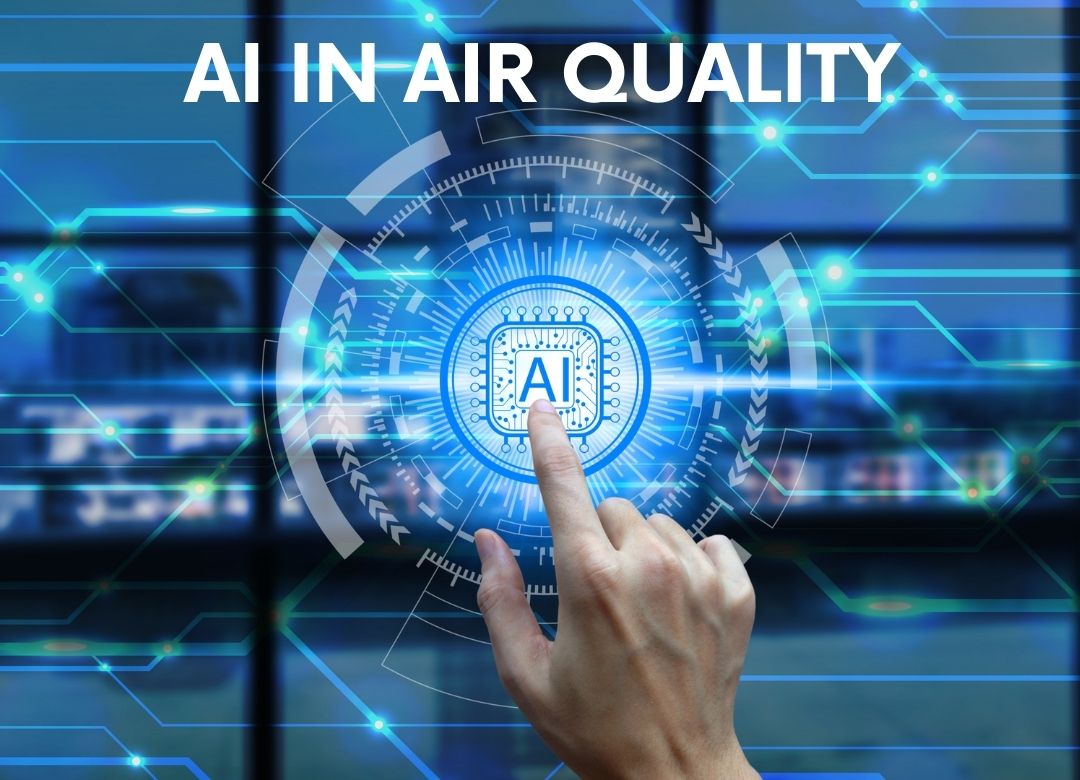The oil and gas industry produces huge amounts of greenhouse gas emissions, amounting to around 53 billion tons of CO2 released globally in 2023. The various activities like drilling sites to refineries, these operations release carbon dioxide, methane and other pollutants that harm air quality and contribute to climate change. But artificial intelligence is now trying to offer significant solutions to help cater to this problem
The scale of the problem
Upstream activities like drilling and extraction tend to release huge amounts of methane (CH4) which is 25 times more potent than CO2. Midstream operations include pipelines and storage facilities also leak gases into the atmosphere. Downstream refineries burn massive amounts of fuel and release various pollutants like Nitrogen oxides (NOX) and sulfur compounds. These Oil and gas operations tend to contribute to emissions and monitoring these operations are often expensive, risky and is difficult and cumbersome to cover these huge operational areas effectively. This is where AI can step in with smarter, safer and faster solutions.
Smart Monitoring: AI Eyes in the Sky and on the Ground
Real – Time Emissions Detection
AI-Powered monitoring systems use satellite imagery, drones, and ground sensors to detect emissions as they happen. These systems can spot methane leaks from space using infrared cameras and machine learning algorithms that identify gas plumes invisible to the human eye. Instead of monthly inspections, companies now get real-time alerts when problems occur.
A leading oil pipeline operator deployed AI agents across a 1200-mile network and achieved a 30% reduction in leak response time. The system continuously monitors temperature changes, pressure drops, and gas concentrations that signal potential leaks.
Predictive Leak Prevention
AI can help in predicting leaks where they are likely to occur. Instead of waiting for a leak to occur, AI can help us take proactive steps in detecting one. Machine learning algorithms analyze historical data from equipment sensors, maintenance records and environmental conditions to identify patterns that precede equipment failures. This helps organizations to proactively fix problems before they create emissions.
Carbon Capture made smarter
AI-Optimized Carbon Capture
Carbon capture technology removes CO2 from industrial emissions before it reaches the atmosphere. But these systems tend to be expensive and energy intensive. AI makes them more efficient by continuously adjusting capture parameters like temperature, pressure and chemical concentrations.
Research projects show AI can improve carbon capture rates by 15-20% compared to traditional control methods. This technology analyzes real time data from sensors and automatically optimizes the capture process, reducing both emissions and energy costs.
Smart storage and monitoring
When CO2 is captured, it must be safely stored underground. AI select the best storage sites by analyzing geological data to assess rock formations and predict how stored CO2 will behave over time. AI-Powered monitoring systems then watch for any signs of leakage using seismic sensors and satellite data.
Norway’s Sleipner project has successfully stored 1 million tons of CO2 annually since 1996, using AI to analyze geological data and ensure safe, long-term storage.
Cutting Methane Emissions
Smart Leak Detection and Repair
Methane leaks are a major contributor to greenhouse gas emissions. AI systems now use acoustic sensors, optical gas imaging and satellite data to automatically detect even small leaks across vast operational areas. The systems can differentiate between different types of gas releases and prioritize repairs based on emission severity.
Operators had success in reducing the methane emissions by 40% using AI-powered detection systems that identify leaks within hours instead of weeks or months.
Predictive Maintenance of Equipment
Many methane emissions can be attributed to faulty equipment like valves, compressors and pipelines. AI analyzes vibration patterns, temperature readings and pressure data to predict when equipment is likely to fail and cause emission events. The prediction helps to proactively handle leaks before they start.
Companies report a 60% reduction in unplanned equipment failures using AI-driven maintenance scheduling, resulting in fewer emissions and better air quality.
Optimizing Operations for Lower Emissions
Intelligent Production Control
AI systems continuously analyze production data to optimize operations for minimal environmental impact. They can adjust drilling parameters, production rates, and equipment settings to reduce emissions while maintaining output. This includes optimizing flare operations to minimize waste gas burning and reducing air pollutants.
Smart Energy Management
Oil and gas facilities consume enormous amounts of energy, creating indirect emissions. AI optimizes energy use by predicting demand, scheduling equipment operation during off-peak hours, and integrating renewable energy sources when available. This reduces both operational costs and emissions.
Real-World Impact and Results
Measurable Improvements
Companies implementing AI for emissions management report significant results:
- 27% improvement in production uptime through better equipment monitoring
- 40% reduction in methane leak detection time
- 60% reduction in manual emission inspections
- 12% reduction in overall CO2 emissions from operations
Cost Benefits
A midstream operator improved regulatory compliance from 95% to 99.8% using AI-powered environmental monitoring. This helped to avoid fines and helped in reducing emissions. The system paid for itself within 18 months through reduced inspection costs and prevented penalties.
Conclusion
AI is transforming how the oil and gas industry manages air quality and greenhouse gas emissions. From real-time leak detection to optimized carbon capture, these smart systems provide practical solutions that reduce environmental impact while improving operational efficiency.
As AI systems become more sophisticated and widely adopted, we can expect even greater improvements in air quality and emissions reduction from oil and gas operations.
We can expect huge success in emissions reduction if there is a continued investment in AI technology and collaboration between companies and environmental agencies, and commitment to deploying these tools at scale across the industry.
Key Resources:
- https://www.xenonstack.com/blog/agentic-ai-in-oil-and-gas
- https://www.accelirate.com/oil-gas-energy/
- https://oglawyers.com/artificial-intelligence-oil-gas-industry-intersection/
- https://www.ibm.com/thought-leadership/institute-business-value/en-us/report/oil-and-gas-in-ai-era
- https://community.nasscom.in/communities/emerging-tech/why-agentic-ai-matters-oil-and-gas-cxos
- https://www.irejournals.com/formatedpaper/1706950.pdf



